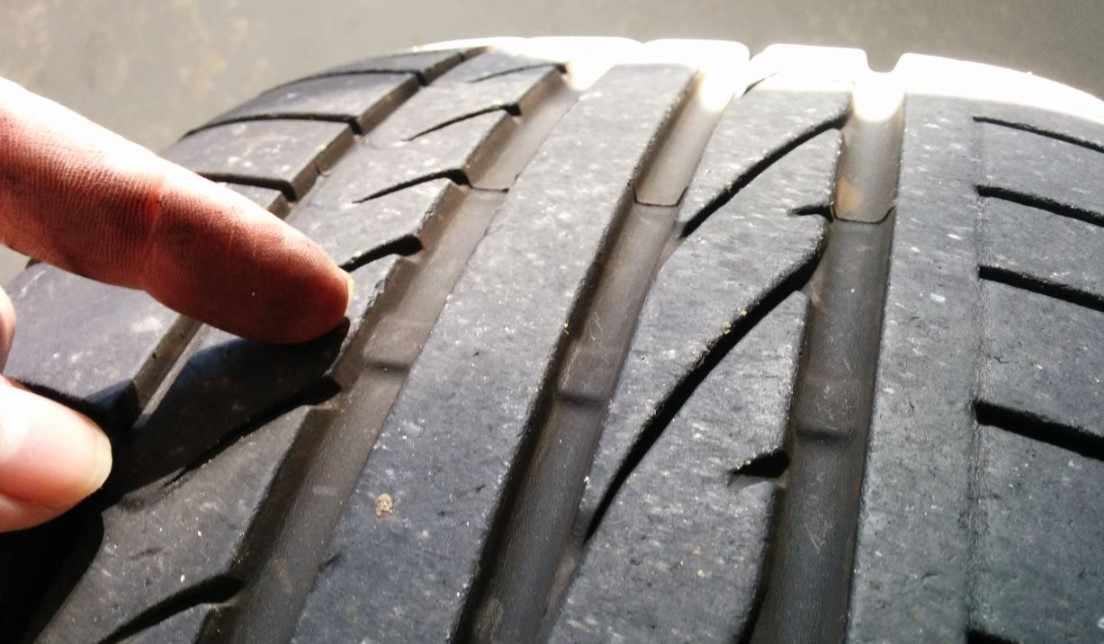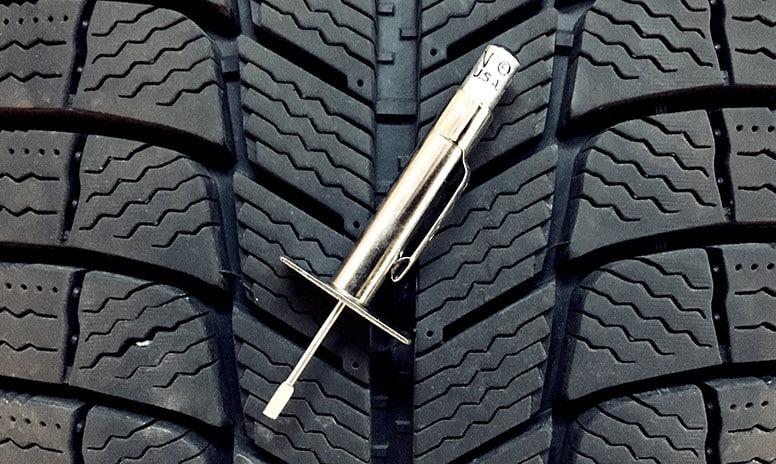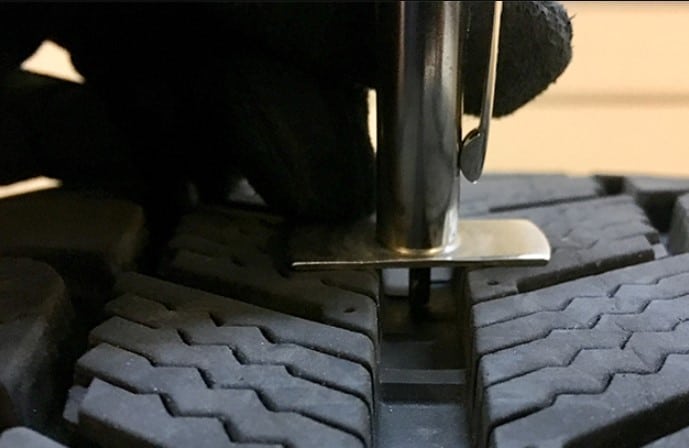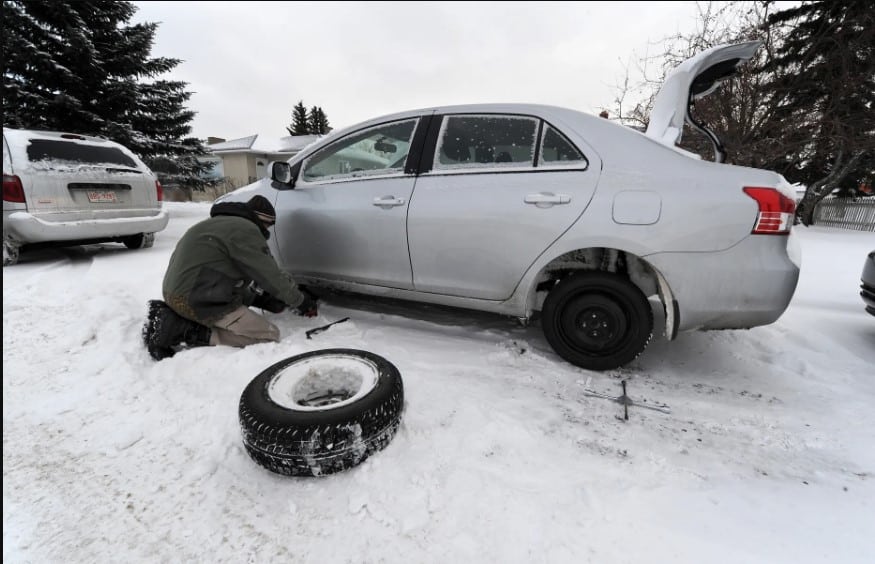How To Measure Tire Tread
How to measure tire tread? Tire tread is one of the most important factors when it comes to vehicle safety and performance. Tire tread depth is a critical indicator of how well a tire can grip the road surface, while tread width can impact how well the tire flaps in the wind. In this comprehensive guide, we will show you how to measure tire tread depth and width using common tools and techniques. We will also provide tips on how to clean the tires and rim before measuring.
If you’re like most people, you probably don’t think about your tires very often. But, if you want your car to run smoothly and safely, it’s important to check your tire tread regularly. In this blog post, we’ll tell you everything you need to know about how to measure tire tread. We’ll start by explaining what tire tread is and why it’s important. Then, we’ll walk you through the different methods for measuring tire tread depth. And finally, we’ll give you some tips for maintaining healthy tire tread. So, whether you’re a car enthusiast or just a concerned driver, read on to learn everything you need to know about tire tread!
What is the purpose of tire tread?
When you drive on the road, you rely on your tires to provide traction. The rubber on the outside of your tires grips the pavement, providing a stable ride. The tread on your tires provides cushioning and stability when driving over bumps and cracks in the road. Tire tread can also help you stay safe while driving in slippery conditions. By providing grip and stability, tire tread can prevent your car from rolling over. It also helps to keep you from sliding off the road during a turn or when braking. Tire tread is important for both safety and performance reasons.
Some experts say that the ridges and valleys in a tire’s tread pattern can improve steering precision by providing feedback to the driver about the terrain under the vehicle. According to this theory, a good amount of feedback is key to making good decisions while driving. Other experts believe that different tread patterns can actually help reduce hydroplaning. Hydroplaning occurs when water builds up on the surface of the roadway and slides underneath the tires, causing the vehicle to lose traction. A tire with a deep tread pattern will grip better on wet roads, allowing drivers to maintain control and avoid a potential crash.
Along with that, you should also learn about “parts of a car wheel and axle“
The Importance of Measuring Tire Tread
The importance of measuring tire tread cannot be overstated. Measuring the tread is not only important for safety purposes but can also help you to optimize your car’s performance. When you have accurate information about your car’s tire tread, you can make informed decisions about how to care for and use your tires. Here are some things you should know about the importance of measuring tire tread:
Tread depth is important for preventing blowouts
Tread depth is one of the most important factors when it comes to preventing blowouts. If the tread depth is too shallow, the pressure from the vehicle’s tires will not be distributed evenly and this can lead to a burst tire. In addition, if the tread depth is too deep, the tire will not have enough room to move when it experiences a bump or a pothole, which can cause it to fail.
You should find more useful knowledge about “Where is the spare tire on a Honda Odyssey“
The best way to ensure that your tires are at the correct tread depth is to have your vehicle’s dealer measure it. However, you can also check your tread depth yourself using a tire gauge. Just make sure that you use the correct type of gauge for your tires and that you use it correctly – by measuring the horizontal distance between the two ends of the gauge instead of its vertical height.
Tread width is also important
When it comes to choosing the right tread width for your vehicle, there are a few factors you need to take into account. Not only does the width of the tread affect how much traction your tires have on the ground, but it can also impact how stable your ride is. A narrower tread width will give you more traction on wet or icy roads, but it may also create more instability in curves and corners. Conversely, a wider tread width will distribute weight more evenly and provide better stability in curves and corners, but won’t offer as much grip when driving on wet or icy roads.
Selecting the correct tread width for your vehicle depends on a number of factors, including the type of terrain you’ll be driving on, the weight of your vehicle, and the size and construction of your tires. Always consult your car’s owner’s manual to find the recommended width for your specific make and model of car.
How To Measure Tire Tread With A Penny
Tire tread is important to keep in mind when buying a new set of tires. Knowing the tread depth can help you decide if you need a new tire or if your current one is still in good condition. To measure tire tread with a penny, follow these steps:
- Find a penny that’s the same width as the tire’s rim.
- Place the penny on the tire’s tread surface so that the edge of the coin is touching the edge of the tread.
- Count the number of ridges on each side of the penny.
- Add up the counts on each side, and divide by 2 to get the tire’s tread depth in mils (thousandths of an inch).
- Compare this number to the list below to see if you need a new tire or not. If your current tire has at least 10 mils (25 mm) of tread remaining, it’s probably OK and you don’t need to replace it yet. But if your tire has 5 mils or less (12 mm) of tread remaining, it needs to be replaced soon.
How To Measure Tire Tread With A Tire Tread Depth Gauge
If you own a car, there’s a good chance you’ve heard of tire tread depth gauges. But what are they, and why are they important? Tire tread depth gauges are used to measure the depth of a tire’s tread pattern. This information is useful for two reasons: first, it can help you determine whether your tires are wearing evenly, and second, it can help you choose the right tire size.
To use a tire tread depth gauge, first find an open spot on the ground that’s level and free from obstructions. Position the gauge over the spot and press down on it so that it makes contact with the ground. The gauge will show you the depth of the tread pattern. To calculate your tire’s actual tread width, divide the measured depth by the gauge’s measurement range (in inches). For example, if the gauge measures 6 inches across and your tires have a tread width of 4 inches, your tires would have a tread depth of 12/16ths of an inch.
Tire tread depth gauges are an important tool for car owners who want to ensure their vehicles are equipped with properly inflated tires. By checking the tread depth of your tires, you can ensure that they’re wearing evenly and that you’re choosing the correct size.
Factors that affect tire tread
When you’re looking to replace your tires, one of the most important decisions you have to make is whether or not to get replacement treads with the same width. Technically, your car’s manufacturer would recommend this, but there are a few factors that can affect how well your new treads fit on the car and how long they will last. Here are the factors that affect tire tread:
Tire tread design
Designing a tire tread can make a big difference in how it performs. There are a few factors to consider when designing a tread, such as the type of surface it will be used on, the weight of the vehicle, and the temperature. One common design factor is the width of the tread. Wide tires provide more traction on soft surfaces, such as snow, but they can also cause more noise and wear on roads. Narrower tires are better for hard surfaces, but they can wear out faster on softer surfaces.
Mechanisms or machinery
There are a few different ways by which mechanisms or machinery can affect tire tread. The most common way is by the type of mechanism or machinery that is used to produce the tread. For example, a combined harvester has blades that cut the corn stalks, which in turn causes the tread on the tires to wear down more rapidly. Another way is how heavy the machinery is, and how much it was used. If a machine is used frequently and it’s heavy, it will wear down the tires more quickly.
Materials
Materials play a big role in the way tires tread on the ground. The type of rubber, steel, and other materials that make up a tire affects how well it grips the road. This is why tires come in different grades, with the highest grades used on roads with the best grip.
Different materials also have different wear patterns. Rubber compounds wear down quickly in warm weather and need to be replaced often in summer months, while steel tires can last for years with minimal replacement.
Processing methods
Processing methods can affect tire tread in a few ways. The most common way is by changing the shape of the tread. Some processing methods, such as heat treatment, can change the length, width, and shape of the tread fibers. This can make the tread less effective at gripping the road and increase the risk of traction loss.
Other processing methods, such as chemical treatment or ozone treatment, can change the composition of the rubber compound. This can make the tire more resistant to wear and tear but also reduce its grip on the road.
Lubricants
Lubricants are used on tires to reduce friction and allow the tire to move more easily over the road. Unfortunately, lubricants can also affect the tread on a tire. When lubricants are applied to a tire, they can form a film on the surface of the rubber. This film can cause the tread to become slick and increase the chance of skidding. Lubricants can also damage the rubber by reacting with components of the compound.
Frequency of Driving
The frequency of driving can have a significant impact on the tread on a tire. The more often a tire is driven, the more wear and tear it experiences. This can lead to decreased traction, increased wear on the tire’s sidewalls, and even premature failure. To prevent this from happening, it is important to drive your car or truck in a responsible manner. This means avoiding excessive speeds and making sure to drive at an appropriate speed for the conditions. It is also important to use proper brakes and tires in order to maintain traction and keep your vehicle in control.
Tire Pressure
The tread on a tire is designed to provide traction in the event of a fall. The pressure of the air inside the tire affects how deep the tread can go into the road and how much gripping power it has. The higher the pressure, the more air pressure is pushing down on the tire’s rubber, which means less grip. On the downside, too much air pressure can cause the tire to overheat and fail.
Tire pressure should be checked regularly and corrected as necessary to maintain optimal performance. Too low a pressure can lead to unstable handling, reduced fuel efficiency, and even bald tires. Too high a pressure can cause damage to other components in your car, such as brakes or exhaust systems. Check your owner’s manual for specifically recommended pressures for your make and model of vehicle.
Temperature Outside
When it comes to tire tread, the temperature outside can have a big impact. Obviously, the colder the weather, the more ice, and snow that will be on the roads, which can cause tires to lose traction. In extreme cases, this can lead to a loss of control and even a crash.
So how does temperature affect tire tread? The answer is both simple and complex at the same time. On one hand, warmer temperatures cause the rubber to become softer, which in turn affects tire performance. On the other hand, extreme cold can also cause the rubber to contract too much, resulting in thin treads. So it’s important to pay attention to both the temperature outside and your car’s temperature gauge when driving in winter weather.
How to maintain Tire Tread
Check your tire inflation pressure often
Keeping your tires inflated at the correct pressure is one of the most important things you can do to keep them in good shape. Over-inflating your tires can cause them to wear out faster and can also increase your chance of getting a blowout. To check your tire inflation pressure, first, make sure you have a properly inflated air adapter.
To check the gauge on an air compressor, depress the trigger and wait for the gauge to reach 100 PSI. When checking a tire with a valve, remove the wheel and hold it up next to the car. The gauge should read about 30 PSI below the rim of the tire. If it’s higher, inflate the tire to 32 psi and re-check. If it’s still too high, inflate it to 34 psi. Keep your tires inflated at the correct pressure by regularly checking their inflation pressure and adjusting as needed.
Change your oil and filter regularly
If you drive a car with tread tires, changing your oil and filter regularly is essential to keeping them in good condition. Worn or clogged filters can reduce airflow, which can lead to decreased fuel economy and decreased performance. Changing your oil every 7,000 miles is also important for tread tires. Heavy oil provides important protection against wear and tear on the tire, as well as helps to lubricate the internal workings of the tire.
Inspect your rims regularly
It’s important to inspect your rims regularly to ensure they are in good condition and have enough tread on them. This is especially important when it comes to using tread tires, as they can be more susceptible to damage if the rim is not in good shape. By inspecting your rims regularly, you can avoid any potential problems and keep your tires running smoothly.
Clean and lube your wheels regularly
Regularly cleaning and lubricating your wheels keeps them in good condition and helps to maintain the tread on your tires. Here are some tips for cleaning and lubricating your wheels:
To clean your wheels, use a mild soap and water solution. Wipe the wheel clean with a cloth or a soft brush. Make sure to get into all the crevices. For tough dirt and residues, use a wheel cleaner. Be sure to rinse the wheel well after using the cleaner.
To lubricate your wheels, apply a light coating of wheel lubricant to the hub, spokes, and rim. The amount of lubricant you need will depend on the type of wheel lube you are using. Follow the manufacturer’s instructions.
Monitor weight and balance
Heavy trucks, buses, and other large vehicles often have large tires that can weigh up to a ton. To maintain proper tread on a tire, the weight of the vehicle must remain within a certain range. If the weight exceeds the limit, the tire may not be able to bear the load and could burst.
To keep track of your vehicle’s weight and balance, you can use a variety of devices, including scales and weighing devices. Monitoring your weight and balance is important not only for keeping your tires in good condition but also for avoiding potential accidents.
Conclusion for how to measure tire tread?
It can be really frustrating trying to find the right tools to measure your tire tread. With so many options available, it can be difficult to decide which one is the best for you. In this comprehensive guide, we’ve covered everything from the most common methods used to measure tire tread, to more specialized equipment that can provide more accurate results. Armed with this information, you should be able to choose the measuring tool that is perfect for your needs and get started on getting those pesky measurements done correctly.
I hope that this comprehensive guide on how to measure tire tread has been helpful. By understanding the different types of treads and how to measure them, you can ensure that the tires you are buying are compatible with your car and will provide the best ride possible. Make sure to read through the guide carefully so that you know what to look for when shopping for tires, and be sure to ask your mechanic or car dealer about measuring your tire tread before making a purchase. Armed with this knowledge, you will be able to identify potential problems with your tires and take appropriate action.
Vehicle expert Benjamin Joan is the founder of Auto EMC, a company specializing in vehicle electrical and electronic systems. He has over 20 years of experience in the automotive industry and has been working on developing new technologies for vehicles since he was a child.










